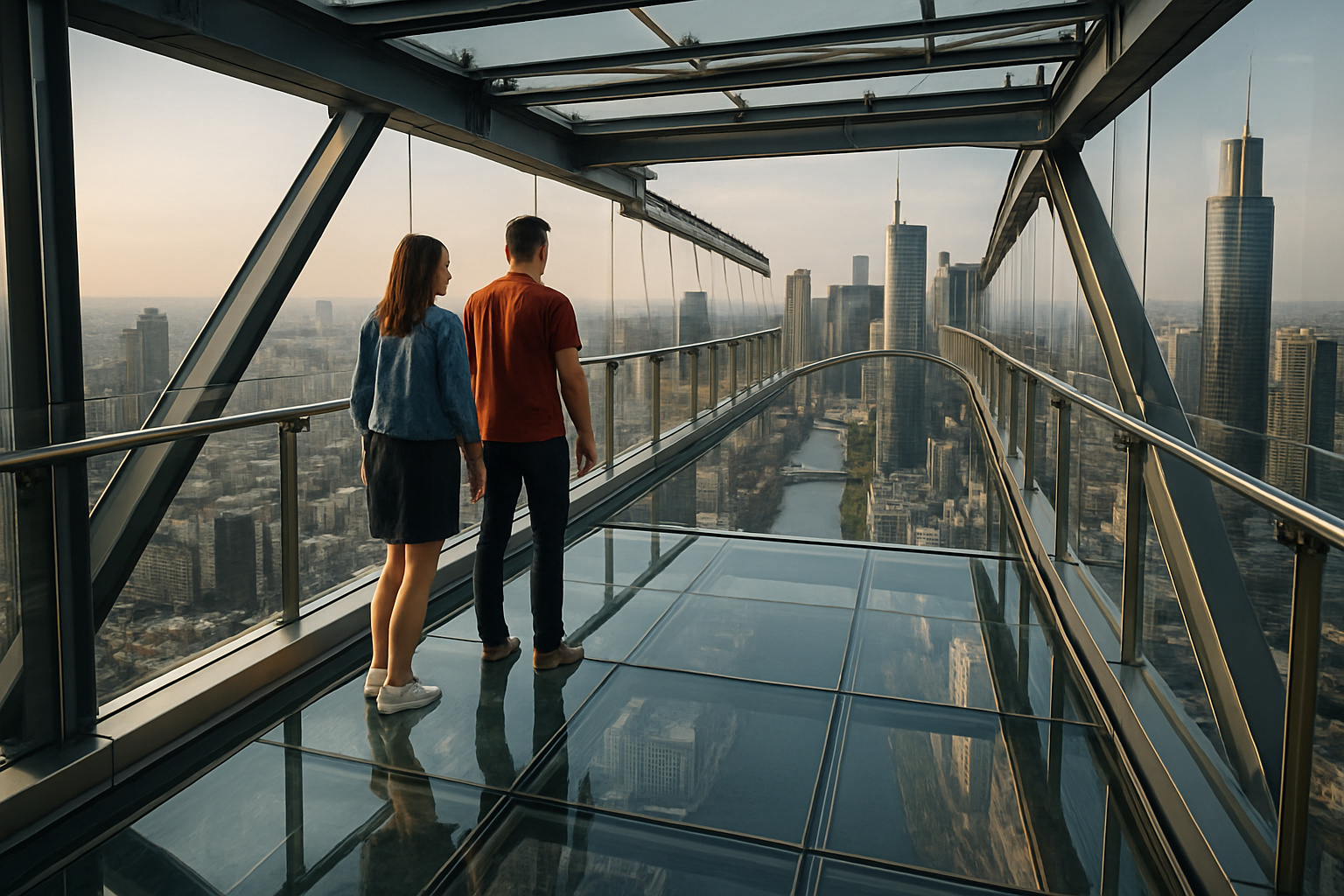Skybridge Tourism: Connecting Cityscapes with Elevated Pathways
Imagine strolling through a bustling metropolis, not at ground level, but high above the streets, traversing sleek bridges that connect skyscrapers and offer breathtaking panoramic views. This isn't a scene from a futuristic movie, but the reality of skybridge tourism – an emerging trend that's reshaping urban exploration and redefining the concept of city sightseeing. As cities grow vertically, these elevated walkways are becoming more than just architectural marvels; they're evolving into tourist attractions in their own right.

From Functionality to Tourist Attraction
What began as a utilitarian solution has transformed into a unique travel experience. Cities worldwide are now recognizing the tourism potential of their skybridge networks. These elevated pathways offer visitors a new perspective on urban landscapes, allowing them to navigate cities from above while enjoying unparalleled views. The shift from mere functionality to tourist attraction has prompted cities to invest in making their skybridges more aesthetically pleasing and accessible to visitors.
Notable Skybridge Destinations
Several cities have embraced skybridge tourism, creating memorable experiences for travelers. In Bangkok, the SkyWalk at King Power Mahanakhon offers a glass-floored observation deck 314 meters above ground, providing heart-stopping views of the cityscape. Kuala Lumpur’s Petronas Towers feature a double-decker skybridge connecting the twin structures, offering visitors a unique vantage point of the Malaysian capital. Dubai’s latest addition, The View at The Palm, provides a 360-degree vista from its skybridge, showcasing the iconic Palm Jumeirah and the Arabian Gulf.
The Appeal of Elevated Urban Exploration
Skybridge tourism appeals to a wide range of travelers. For architecture enthusiasts, these structures represent feats of engineering and design. Adventure seekers are drawn to the thrill of walking on transparent floors hundreds of meters above ground. Photography aficionados find endless opportunities to capture stunning cityscapes from angles previously inaccessible to the public. Moreover, skybridge tours often include educational components, offering insights into urban planning, architecture, and local history.
Challenges and Considerations
While skybridge tourism presents exciting opportunities, it also comes with challenges. Safety is paramount, requiring rigorous maintenance and security measures. Weather conditions can impact accessibility, especially for outdoor skybridges. There’s also the question of inclusivity – ensuring these attractions are accessible to all visitors, including those with mobility limitations. Cities must balance the tourism potential with the needs and comfort of local residents who may use these pathways for daily commutes.
Skybridge Tourism: Insider Tips
• Book skybridge tours in advance, especially for popular attractions like the Shanghai Tower skywalk
• Visit during off-peak hours for a less crowded experience and better photo opportunities
• Check weather forecasts, as some skybridge experiences may be weather-dependent
• Wear comfortable shoes; many skybridge tours involve extensive walking
• Bring a light jacket; it can be cooler and windier at higher elevations
• Consider timing your visit for sunset to witness stunning cityscapes as day turns to night
• Look for combination tickets that include skybridge access along with other city attractions for better value
As cities continue to evolve vertically, skybridge tourism stands poised to become an integral part of urban travel experiences. This trend not only offers a fresh perspective on familiar cityscapes but also encourages innovative urban design that blends functionality with tourism appeal. For travelers seeking to elevate their city explorations – quite literally – skybridge tourism offers an exciting new frontier in urban adventure.





